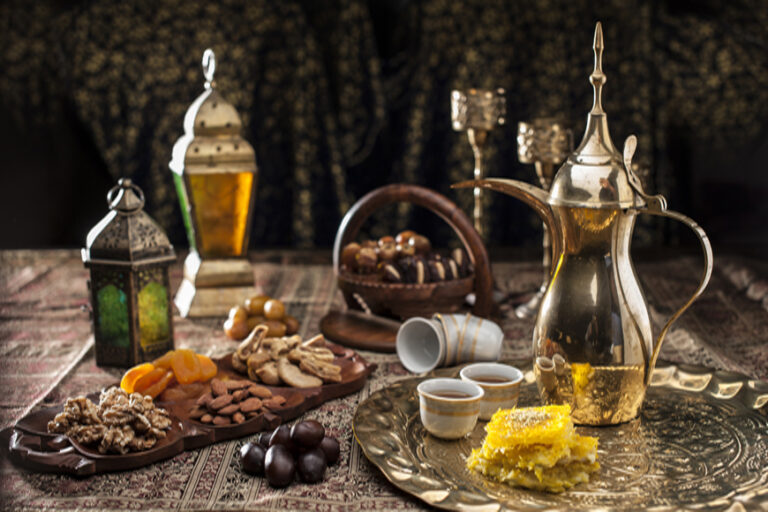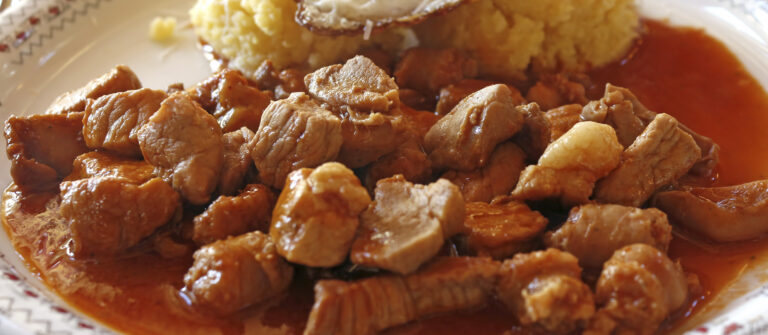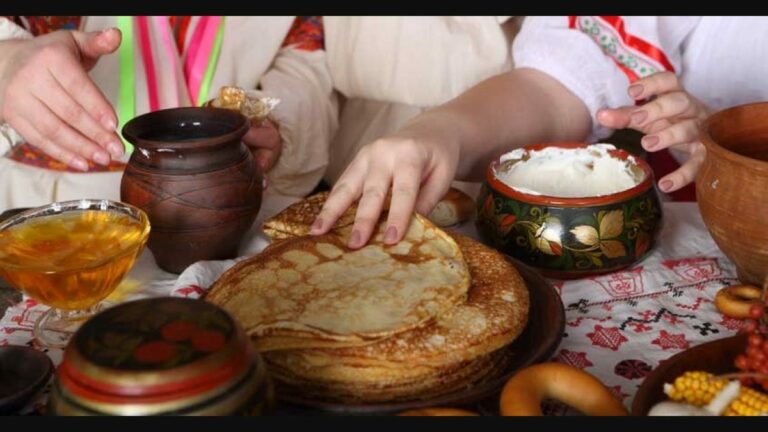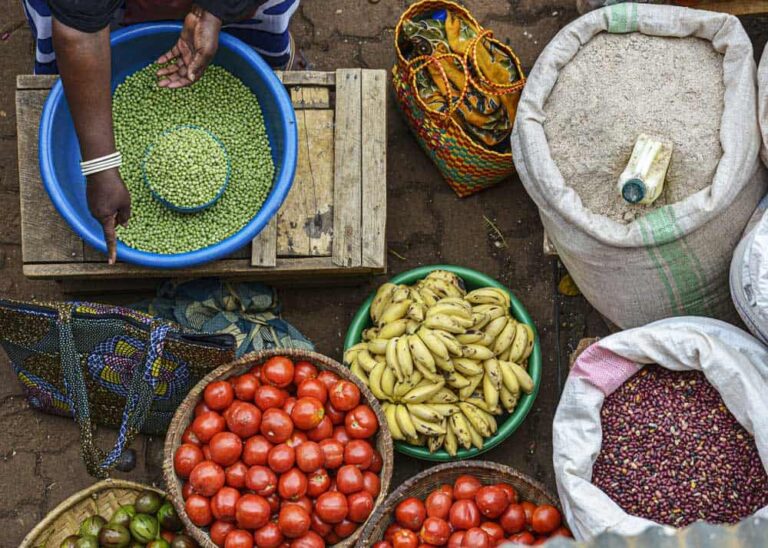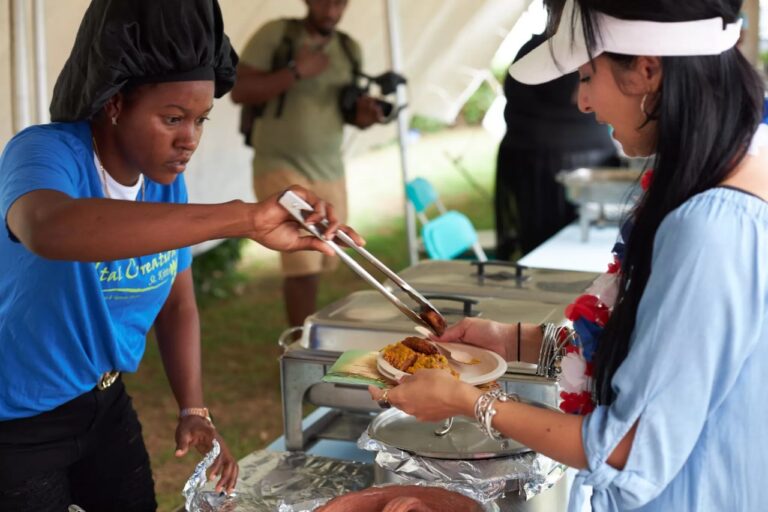Introduction: Dining in Qatar
Dining in Qatar is an experience like no other. As a country that embraces its cultural heritage and traditions, Qatari cuisine and dining customs are unique and fascinating. In Qatar, food is not just a source of sustenance but is an essential aspect of the country’s culture and social life. Whether you are a local or a visitor, understanding the dining customs and etiquette can prove helpful in making the most of your experience.
Traditional Qatari Cuisine
Qatar’s cuisine is a fusion of Arab, Persian, and Indian influences, resulting in a diverse range of dishes that tantalize the taste buds. A staple of Qatari cuisine is Machboos, a fragrant dish of rice and meat, usually lamb or chicken, flavored with a blend of spices that include saffron, cinnamon, and cumin. Another popular dish is Thareed, a meat and vegetable stew served on a bed of bread. Qatar’s cuisine also features a range of grilled meats, seafood, and salads, with dates and Arabic coffee being essential components of any meal.
Dining Customs and Etiquette
When dining in Qatar, it is essential to understand and respect the country’s cultural norms and customs. Dress modestly, and avoid wearing revealing clothing or overly casual wear. It is customary to remove your shoes when entering someone’s home or any place of worship. When invited to a Qatari home for a meal, it is polite to bring a small gift, such as dates or a box of chocolates, for the host. Additionally, it is customary to wait for the host to invite you to start eating before you begin.
Table Manners in Qatar
In Qatar, table manners are an essential aspect of dining etiquette. It is customary to eat with your right hand as the left hand is considered unclean. It is also customary to use bread to scoop up food and to avoid touching food with your fingers. When eating, it is polite to take a small portion and wait for others to finish before taking more. Burping during a meal is considered impolite, and it is customary to cover your mouth when coughing or sneezing.
Drinking Customs in Qatar
In Qatar, alcohol is only served in licensed hotels and restaurants for non-Muslims. Muslims do not consume alcohol, and it is considered impolite to offer it to them. Instead, the traditional drink of choice is Arabic coffee, a strong, dark roast served in small cups, usually with dates. It is customary to sip the coffee slowly and not to refill your cup unless offered more by the host.
Conclusion: Dining in Qatar
Dining in Qatar is an experience that is steeped in cultural traditions and customs. From the tantalizing dishes of Qatari cuisine to the unique dining etiquette and table manners, there is much to learn and appreciate. Whether you are a local or a visitor, respecting and understanding the customs and traditions of dining etiquette can make for a much more enjoyable dining experience. So the next time you dine in Qatar, remember to embrace the customs and traditions of this incredible country’s cuisine.

